Japan is very prone to natural disasters like earthquakes, tsunamis, and typhoons. While most of us in affected areas keep calm like the Japanese do, we still need to be prepared. Okinawa is very typhoon prone and I know a few things about coasting through them gracefully. Luckily, the buildings in Okinawa are made of concrete and built to withstand the raging winds of a typhoon. Some of the houses on mainland are built for fighting off typhoons and others aren’t. It just depends on your situation and whether or not you live in an affected area.
Since we live in a digital age, I think it goes without saying, don’t be stupid. If you see a typhoon coming on the news, don’t ignore it. If you are given the order to evacuate, do it. Even minor ones can cause enormous damage or death. Typhoons have caused landslides, flooding, and panic. The cars in Japan are small and I’ve seen them flip over, I’ve witnessed countless accidents, and U.S. military serviceman have died because they got swept away in the after waves of the typhoon.
You know the typhoon is coming. So what do you do? For your first typhoon it will be inevitably scary and, I suggest you stay with a friend. The howling winds and strong rain can scare you if you’ve never experienced something like this before so here’s how to prepare for typhoons in Japan.

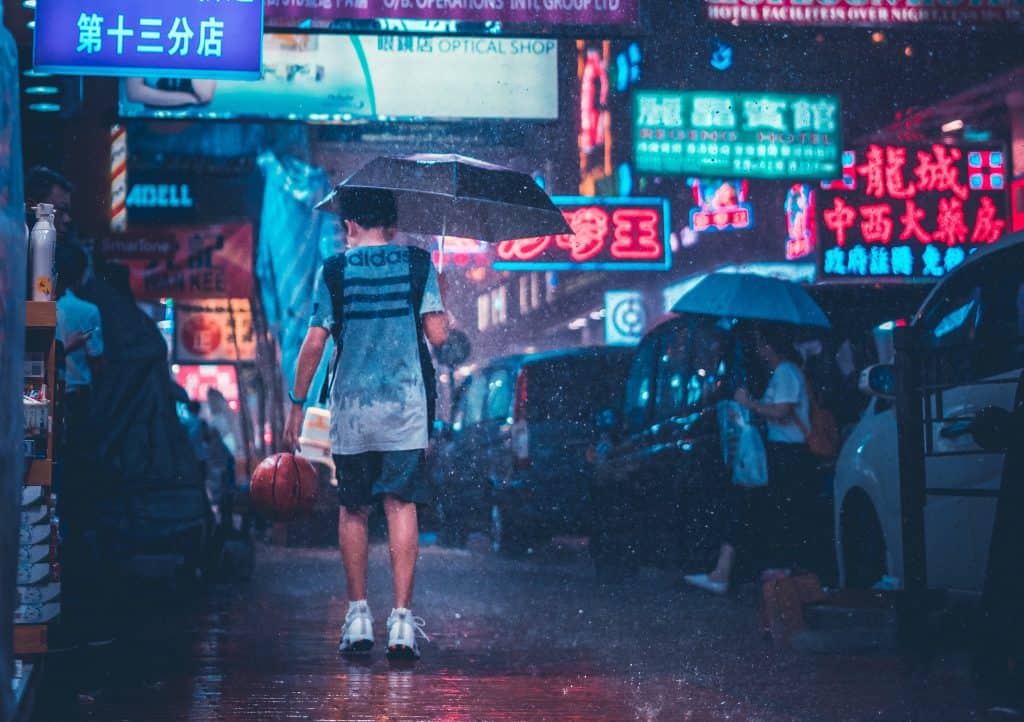
Featured Okinawa Itineraries & Tips
- The Ultimate Okinawa Travel Guide – If you’re trying to figure out the best things to do on this gorgeous island and how to travel easily, then you need to check out this guide.
- The Ultimate Tokashiki Guide – Tokashiki is my all time most FAVORITE island destination on Okinawa. Located an hour ferry ride from Naha, you can miss snorkeling with sea turtles on her natural beaches.
- The Ultimate Ishigaki Guide – (Coming Soon)
- How To Survive Summer in Okinawa – If you’re traveling during the summer… I shit you not, Okinawa is super brutal. These are tips from me as a local on how I survived the summers in Okinawa.
- Southeast Botanical Gardens in Okinawa – This is one of the coolest places you can go. With tons of beautiful nature and an organic restaurant, you’re bound to feel at peace. You can also play with capybaras and squirrel monkeys.
- Alluring Sakura Spots in Okinawa – If you’re visiting Okinawa in January, then lucky you! It’s the first prefecture in the county to get cherry blossoms! These are the top picks from myself and other bloggers who have lived on the island.
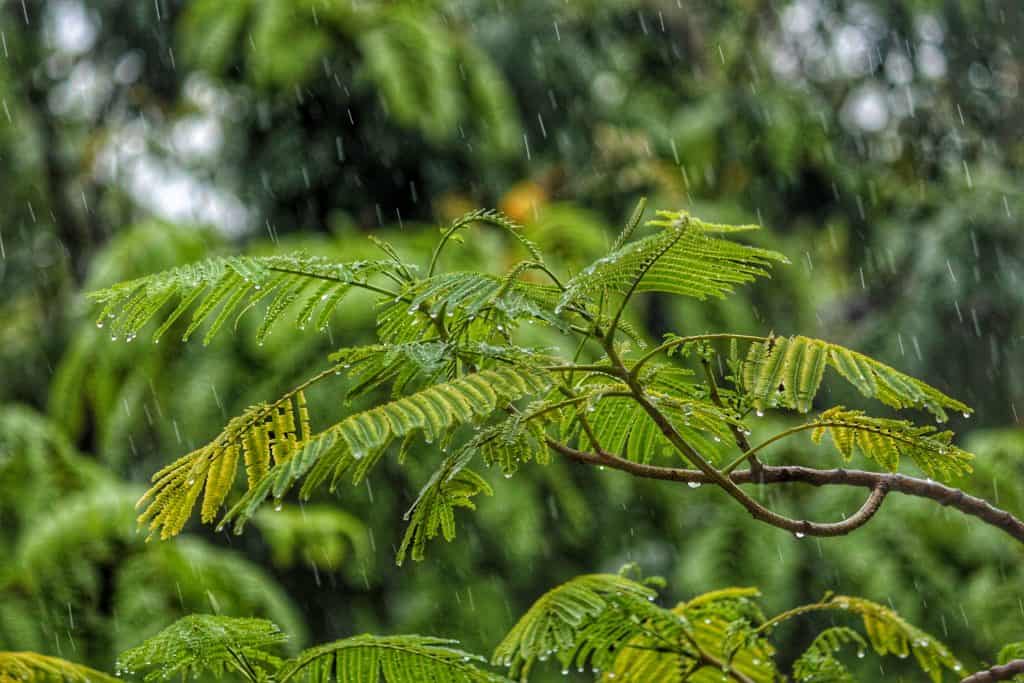
1. Get Food
Go to the grocery store and get all essentials, especially water. I usually stock up on the 4 liter bottle and 2 liter bottles. You never know if you’re going to run out of fresh water. Buy dry and canned food, snacks, a flashlight, batteries, and candles because you also never know if the power is going to go out and you’ll be stuck without electricity. I love typhoons because it’s an excuse to eat my favorite Japanese snack of all time… Pocky.
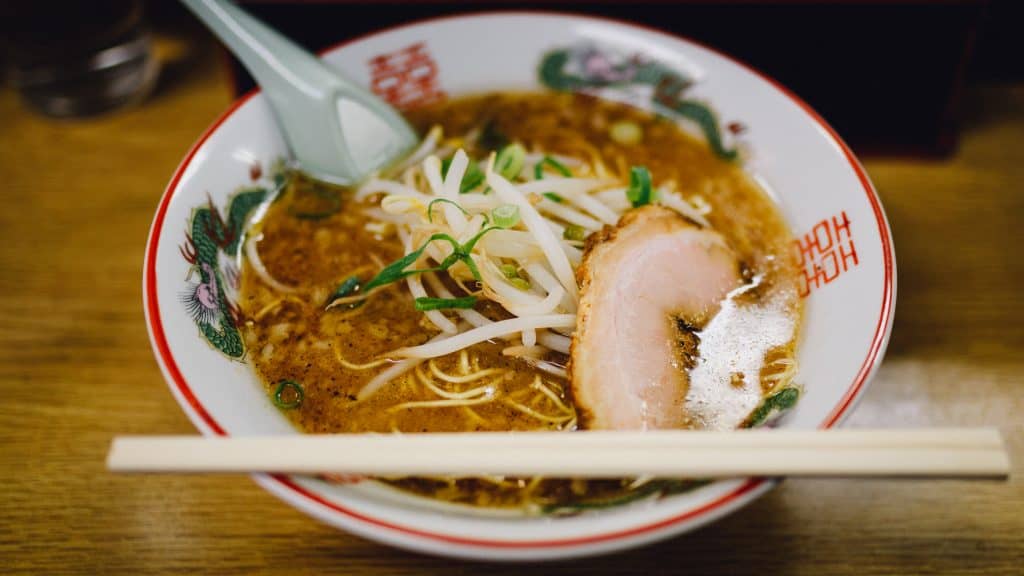
2. Entertainment
Charge all electronics before the typhoon including your cellphones, laptops, tablets, etc to keep them busy through the long hours of being cooped up. I also recommend getting an external battery just in case. Or go old school and get card games, read a book, write or clean. It’s best to keep occupied so you don’t feel like you’re going crazy.

3. Have an Emergency Kit
If you’re wondering, yes, I did have one while I lived in Okinawa. Did I need it? No. But was it good to have? Yes. I’m the kind of person who would rather have something and not need it than need it and not have it. Below were some of the items I had in my emergency kit and you can build yours however you like.
- First Aid Kit
- Flashlight & Batteries
- Non perishable food & can opener
- External Battery
- Blanket
- Tarp
- Waterproof matches
- Candles
- Water
- Whistle
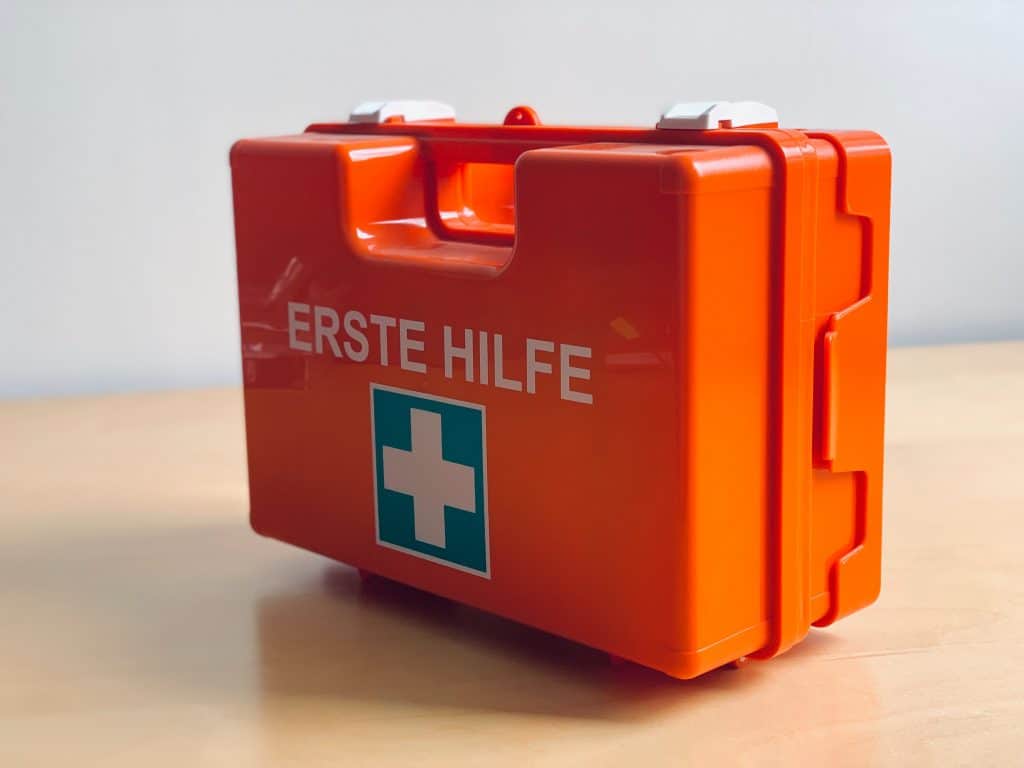
4. Bring in All Loose Articles
Secure all loose articles from your balcony or outside area. Take in your washing machine or fill it with water. Secure the lid with tape, take down your clothes line, and bring outside furniture in. If you can’t bring your bike in, place it on its side near a wall where there won’t be high winds. If you have a car, make sure you tuck the side mirrors in so they won’t be hit by flying debris. I’ve seen people get their side mirrors smashed off enough times to be paranoid about that.

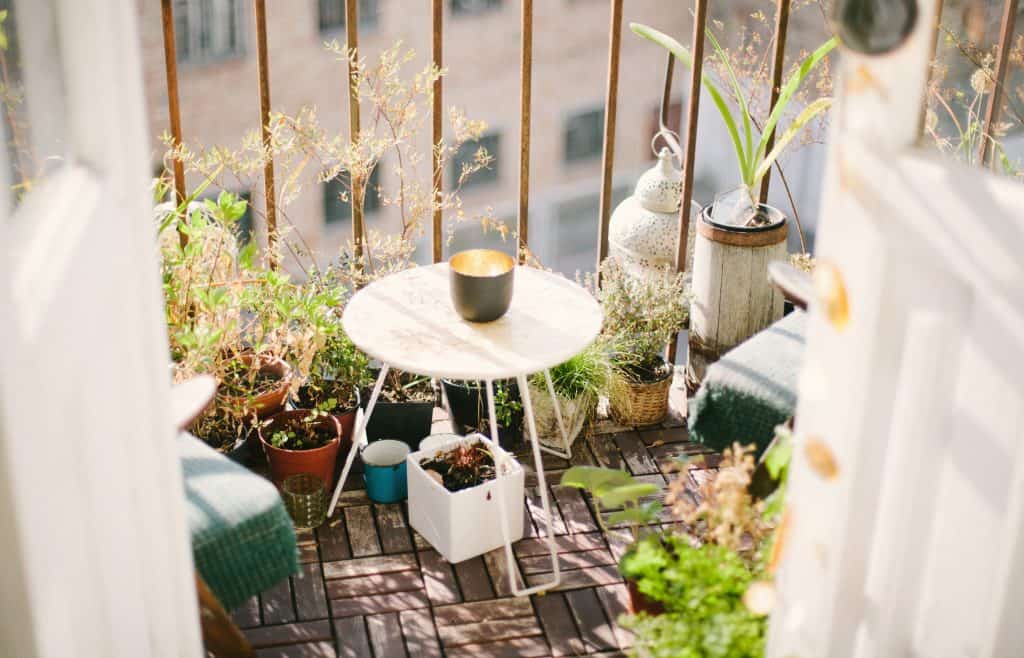
5. Hold The Fort
High winds tend to push water into the apartment. To keep your floors from getting ruined, put newspaper in the sills of your doors and windows. Stay away from the windows because they could shatter. A friend of mine had his window shatter during his first typhoon. Not fun. Keep all electronics and furniture away from the window.
6. Check For Emergency Duties
If you’re living in Japan while on the JET Program, you need to know what’s going on at all time. Your contracting organization could assign emergency duties to you such as evacuating non-Japanese speakers, translation for emergency services or if you have to be on standby.

7. Ask Someone to Call You
If you’re living in Japan, have a coworker you trust call you. Every BOE and contracting organization does things differently. Also, it’s harder for some English teachers to get the news especially since we don’t speak the language. When I lived in Okinawa, the policy stated, “If the buses are running, we have school and work.” It blew my damn mind that even though there was flooding, power lines were down, and the roads were dangerous overall, we would still have to work. Check what your town/prefecture/city’s policies are. Have your coworker call you or notify you if there is school or work the next morning.
If you’re traveling in Japan, it always feels good to have someone you love call you. You can also ask the front desk of your accommodation to call you (or come by) and keep you updated on the typhoon.

8. Check Emergency Protocol
The emergency number in Japan is 119. Register with your embassy and home country that you are overseas and how to reach you. This was a great way to locate JETs after the Fukushima accident. Tell a friend and your school where you are.
9. Throw a Typhoon Party
So, you’re all set to go. What do you do when the typhoon actually hits? If you’re in the mood…
No one knows how to party like the OkiJETs so we secure as much alcohol and food as possible. If you’re on an outer island of Okinawa or mainland Japan, chances are, your power is going to be out and the party will keep going. Don’t party too hard as you never know if you have to work the next morning. In any case, it’s fun to spend time with your friends, make food, play games, and drink in good company. My fondest memories have been at typhoon parties. Good luck, and hopefully this guide will help you not panic when your first typhoon comes.

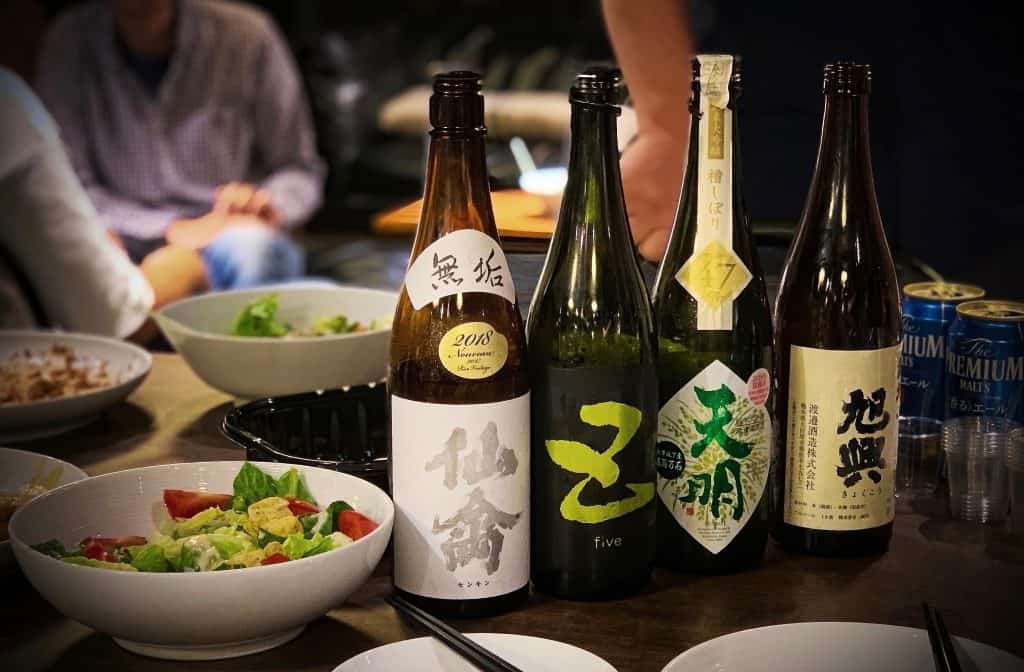
What Not To Do
- Don’t go outside during the typhoon. It’s not fun to get hit by stuff or get rain pummeling your eyeballs. If you absolutely need to go outside, go during the eye of the storm.
- Don’t drive. This should be a no brainer, but the amount of people I’ve seen trying to question mother nature, makes me state this otherwise.
- Don’t go near the ocean. I’ve seen surfers hacking at it because that’s when the best waves are, but many of them have been doing this for years. People have gone fishing and even been swept away by high waves after the typhoon.
- Don’t go near fallen utility poles or sagging cables.

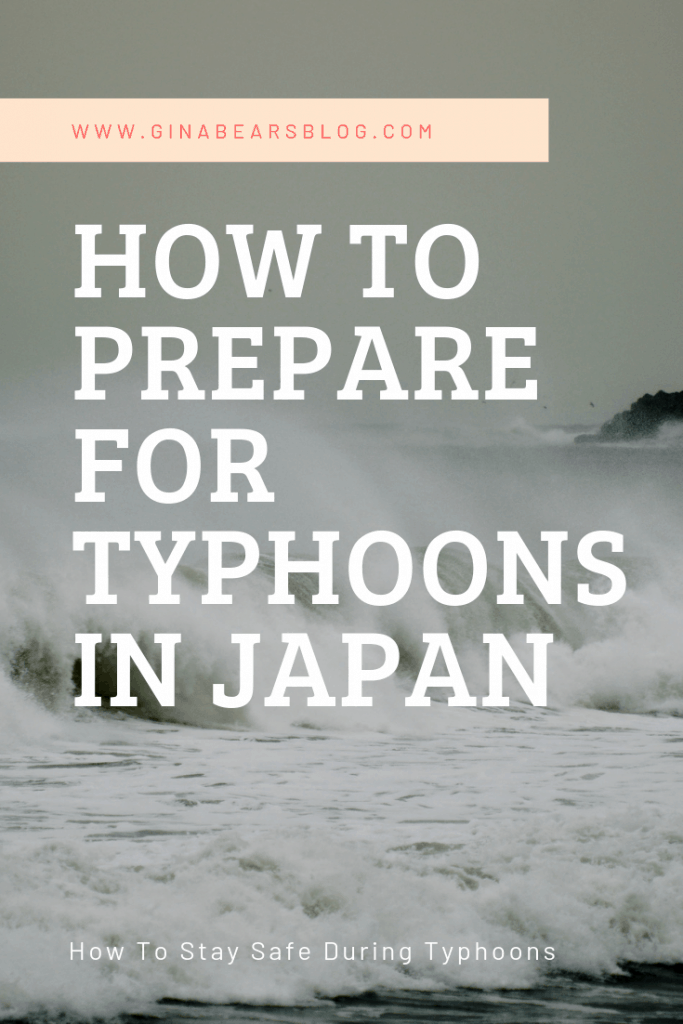
This post contains affiliate links which means at no additional cost to you, I make a small commission to help keep Gina Bear’s Blog running. Thanks for your support!

Japan Travel Guide E-Book
Planning on traveling to Japan?
Enter your name and email address and click the button below to receive your Easy Japan Travel Guide so you can travel like a local!

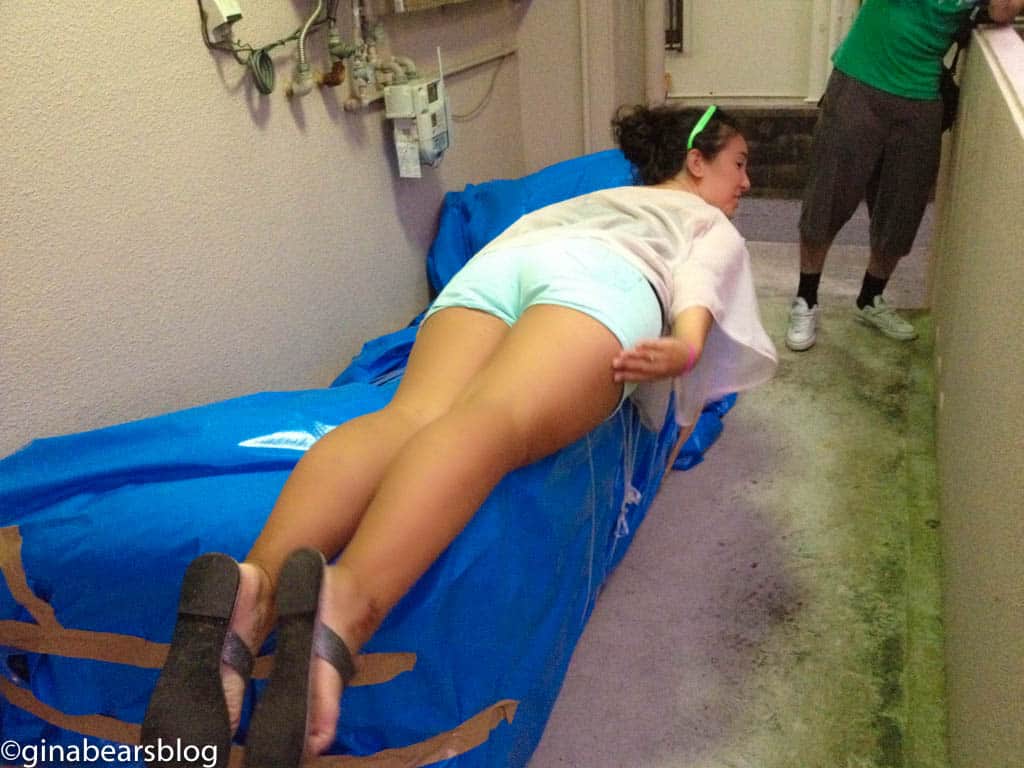
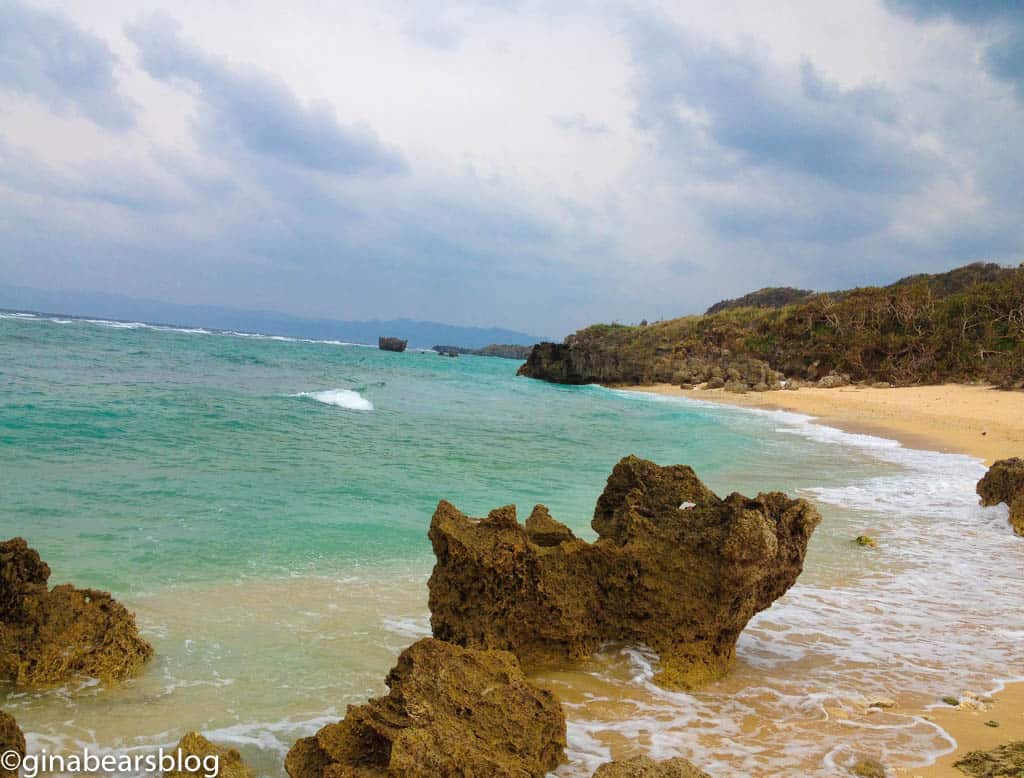

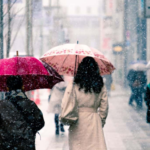
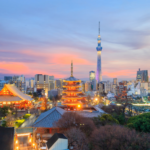

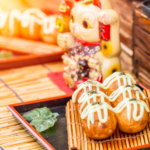

I would think that hurricane shutters would be more prevalent in a place like Okinawa that gets bad typhoons (I know they are somewhat common in Florida, which gets hit by some nasty hurricanes). I mean, the “typhoons” that reach Osaka tend to be so weak they wouldn’t even be classified as “tropical storms” in the US so I get why we don’t have shutters, but not so much in places that get real storms.
Good observation; however, the buildings in Okinawa are made to withstand typhoons. They’re all made of concrete and if there are houses facing the ocean, there are giant ocean jacks and walls in front of the homes. Needless to say, mother nature isn’t a force to be reckoned with and it’s always good to tape your windows. For the most part, I haven’t heard of anyone that has had to, but it’s a good precaution to take!